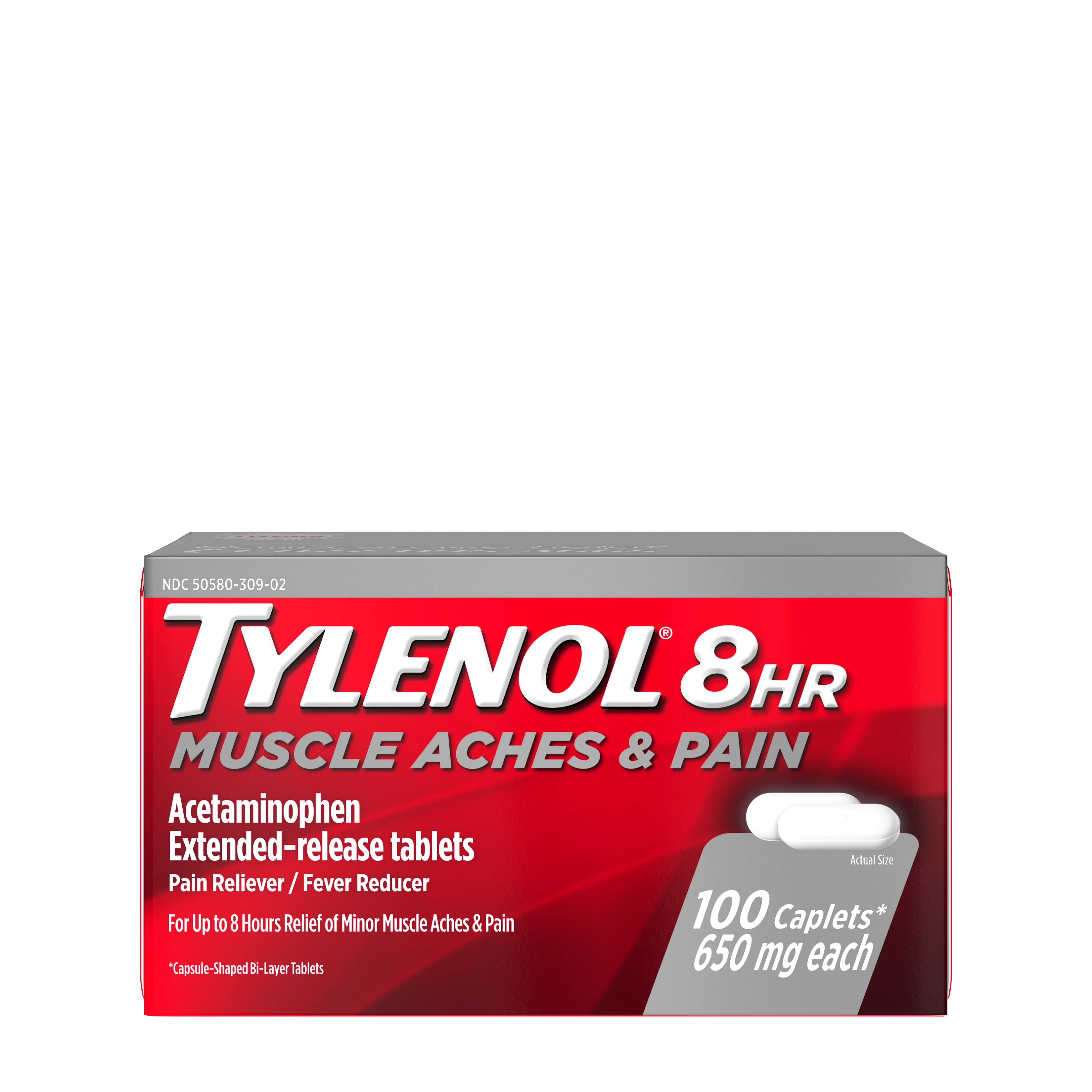Do you get cramps during your period? You’re not alone. About 3 in 4 women are in the same boat, and it doesn’t stop with just cramps. You could experience headaches, back aches or even leg pain. Even if you’re one of the unlucky ones, monthly cramps don’t have to be something to dread. Knowing why they happen and how to treat and prevent them can help keep you feeling more like yourself.
Where cramps come from
Hormones in your cycle cause your uterus to contract, and when it contracts too strongly, blood and oxygen flow decrease which cause that all-too-familiar pain. Just know that this is normal: your muscles help your body squeeze out the uterine lining (or blood) every month when you get your period.
How to get relief
Try an over-the-counter medicine like TYLENOL®.
Soak in a warm bath. Relax! You deserve it.
Use a heating pad or hot water bottle to apply gentle heat.
Stay physically active. Some women find exercise helps.
Eat a balanced diet and get enough sleep.
Talk to your doctor before beginning or revising any exercise regimen. If your cramps are so severe that you can’t go about your normal routine, please consult with your gynecologist. Your symptoms could be a sign of another medical condition.





